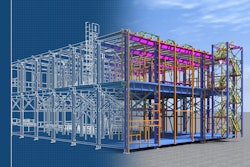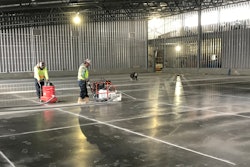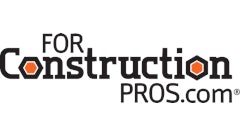
Last month, we reviewed the basics of managing cash flow and concluded that we would have more to say this month regarding cash disbursements. After this month, I want to move into some productivity dialog that will cover the “do more with less” concept, as well, and related steps that can get contractors to the same place.
But before we do that, I just want to check one thing off my chest. And that is: transitory my foot!
Okay, now I feel better. Back to cash disbursements we go.
Last month we touched on managing cash disbursements as part of tracking cash ins and outs, but we did not dig into the weeds regarding specific ways to use policies and procedures to enhance cash position. All contractors and construction companies have bills and payroll to pay. How those bill payments are made can impact cash balance. Let us review a couple of ideas concerning cash disbursements that will generate better cash flow:
- Wage inflation is #1 on the list regarding types of price inflation organizations are experiencing. Wages are also one of a company’s largest cost categories. Consequently, they must have accurate time accountability so that they do not pay inflated wages for unproductive work. This goes for both field and internal personnel. Supervisors must be held accountable for the time being charged to the job as well as the budgeted time to complete a segment of the job. If businesses cannot properly account for their labor time, then they should consider only taking on the work they can control and sub-contracting out the rest. As far as internal work is concerned, outsourcing should be investigated as an alternative to employing a person with all the corresponding employee expenses.
In either case, cash out will decrease but billing will not. Companies may lose some gross profit if they subcontract out work, but after comparing that “loss” against the “excess” time for which they were overpaying, it may not be that bad. So, we have lowered payroll, incurring minimum cost. Construction companies and contractors should make sure their systems and automations can help manage this internal audit process related to payroll. - Field costs for materials, supplies and equipment rental require vigilant oversight in terms of costs incurred and amounts involved when paying for these costs. Obviously, contractors do not wish to overbuy or overpay for materials and supplies. But we do need product to complete work. So, one suggestion would be to cut back on the size of our orders and order more often, which in turn pushes cash disbursements further out, compared to buying large quantities that must be paid for sooner. If companies have stockpiles of materials stored, how about reducing those stockpiles, which moves payment for these materials further out due to the increased time between buying now and buying a month from now.
These methods work if companies can plan for and find materials and supplies when they need them. They can mitigate this risk by changing their planning sessions from a year or six months down to a monthly process, wherein prospective problems make themselves more evident. - Another way to stretch out cash disbursements is to use credit cards to pay bills. This process works well until it doesn’t. But contractors can get on a payment plan if needed and pay interest for deferring payment. During certain times of the year when they have a cash crunch, credit cards can fill the void until cash from a new season starts flowing in.
As far as equipment goes, businesses can eliminate a significant amount of construction costs by renting as much equipment as they can for the time they need it. Using rental allows construction companies to have zero fixed lease and note payments. Again, we eliminate current or fixed payments and push out payments to periods when revenue is coming in.
Vendor discounts should also be used when possible. If a contractor has used a line of credit to pay bills, then this process makes sense. Ask for a 2% discount for the bill being paid within 20 days. Hey, ask for any discount rate and days to pay as best fits the business. Start high and see where it goes. Believe it or not, doing this saves money. Discounts do not defer making payments but lowers borrowing costs if using a line of credit to cover payments.
Let us recap. The goal is to better understand cash position and maximize cash balance. The ideas put forth increased cash receipts and reduced or deferred cash disbursements, the combination of which provides larger cash balances and wiggle room should problems surface that require cash.
Opening Cash Balance
+
Cash Receipts
-
Cash Disbursements
=
Ending Cash Balance
Next month, we will cover how much working capital construction companies need to run their businesses.
Do not forget: the main reason for being in business is to make profits that provide adequate cash flow.





















